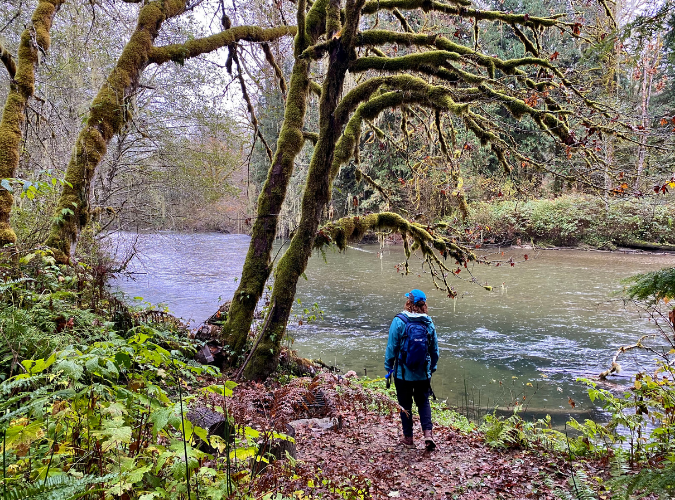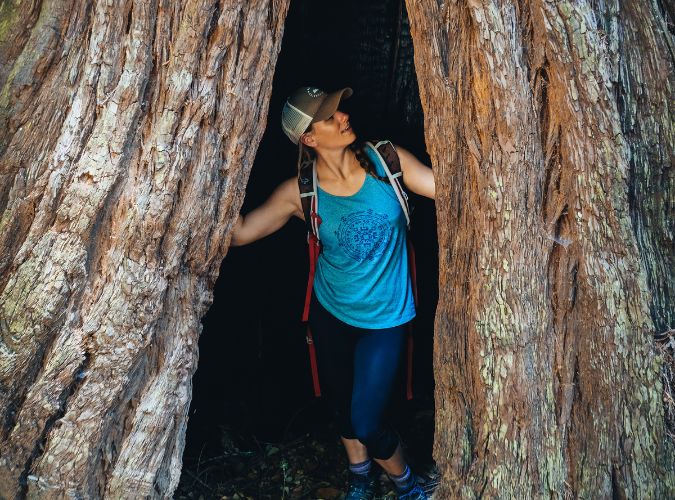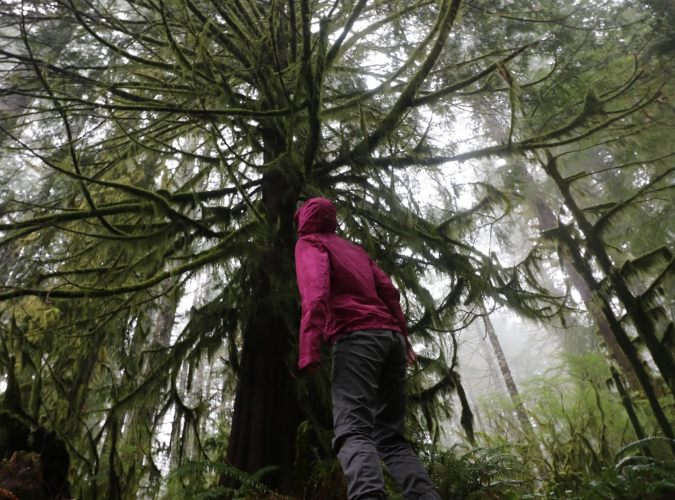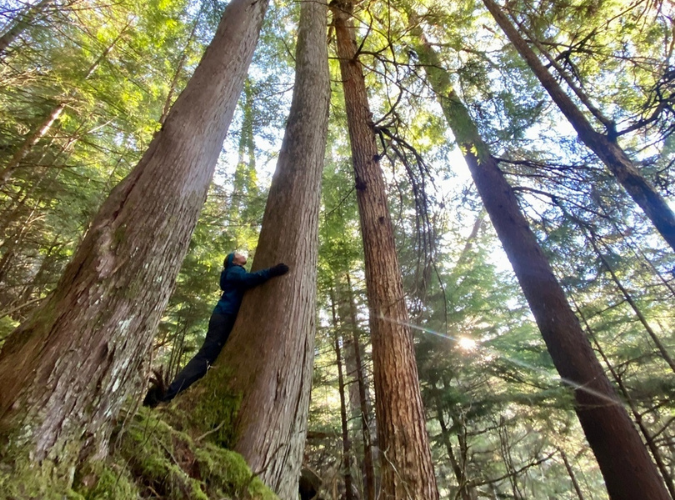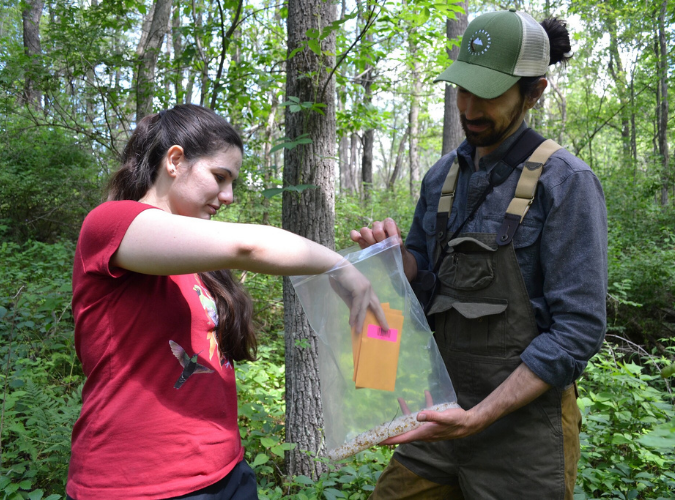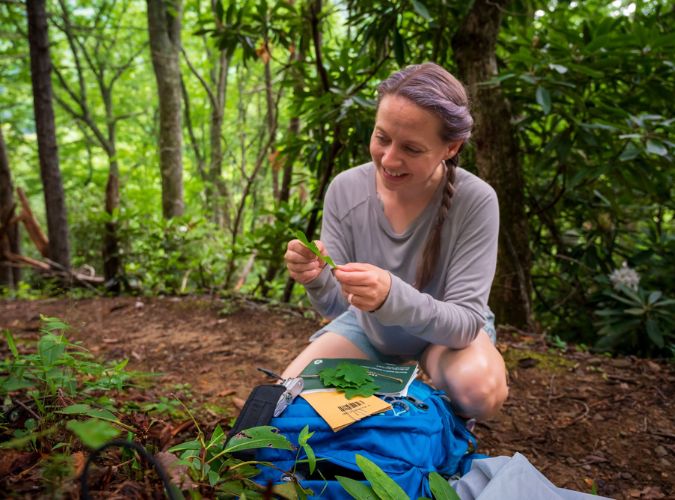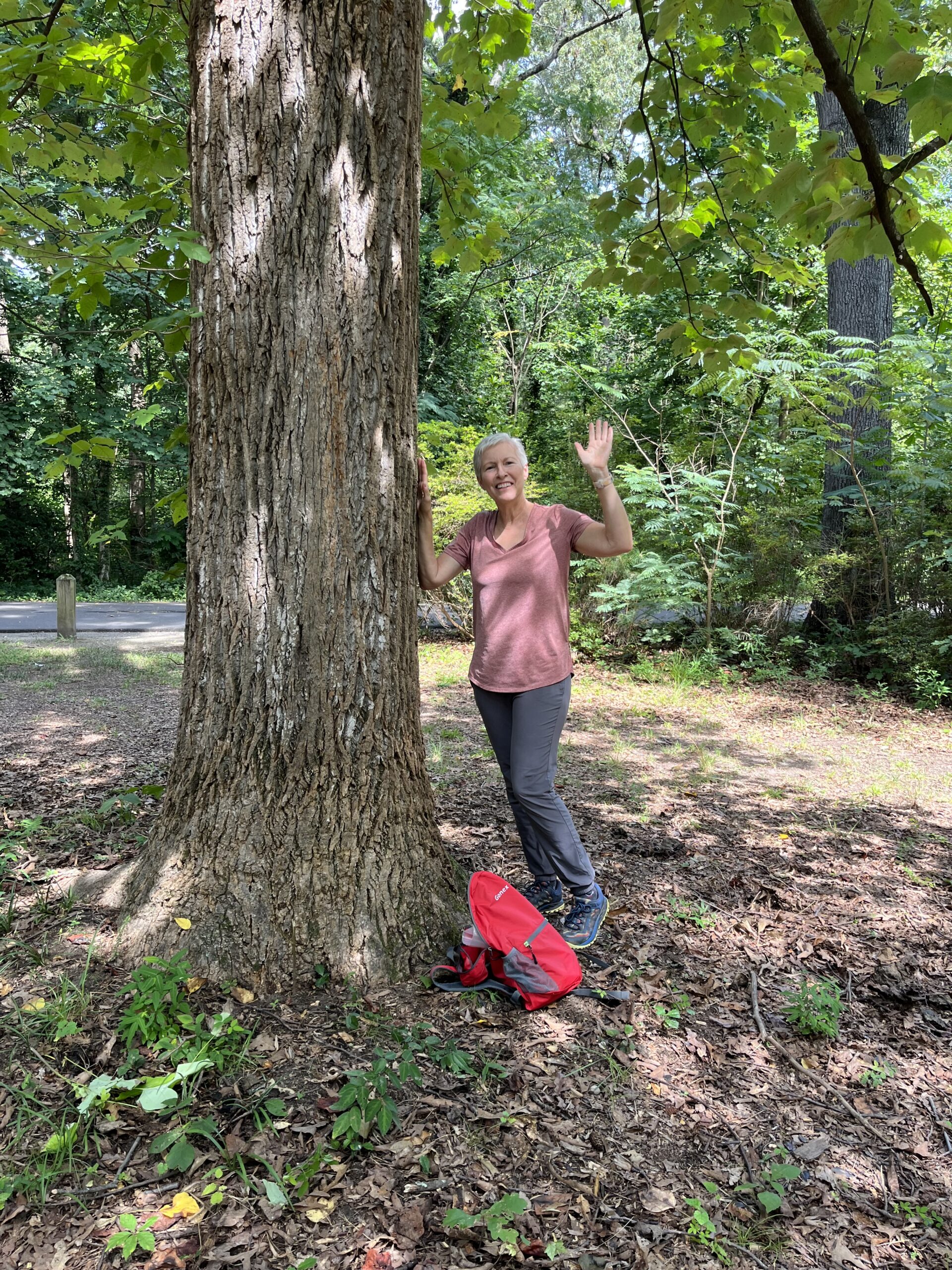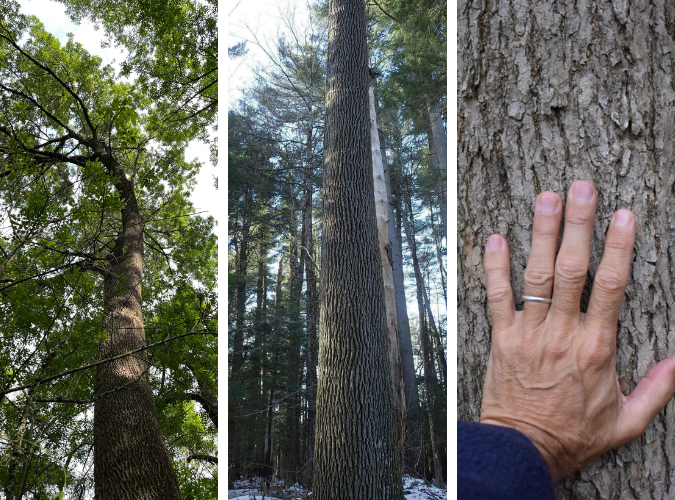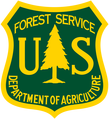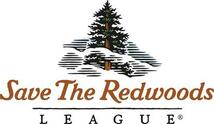TREE TRACKING
Adventure Scientists’ Tree Tracking project mobilizes volunteers to collect tree samples for scientific partners to help protect forests, promote sustainable harvest, and conserve biodiversity.
In 2023, volunteers across the Central and Eastern U.S. collected leaves, twigs, and cores from tulip poplar (Liriodendron tulipifera) to inform global sustainable harvest practices, and buds from eastern ash trees (Fraxinus pennsylvanica and F. americana) to understand genetic resistance against the invasive emerald ash borer.
Nine Species Throughout the United States
Read about the tree species targeted by this project so far (slideshow automatically plays).
How Our Partners Use Data to Drive Change
Planning, permitting, analysis, interpretation, and implementation all require the coordinated actions of many players. We are proud to be working with leading organizations in the research, management, and conservation of forests and tree species.
Our partners at the U.S. Forest Service and elsewhere will use the reference libraries of each tree species to track the movement of timber through supply chains, enforce anti-poaching regulations, empower responsible buyers, improve sustainable resource management, and help forest managers plan for the varied impacts of a changing climate.



The USA National Phenology Network collaborated with us for the eastern white oak project. The project protocols for eastern white oak data collection are based in part on the USA-NPN’s protocols aimed to understand how oaks are adapting to new environmental conditions. These data are a part of the Quercus Quest Campaign.

The Morton Arboretum is using samples gathered across the eastern white oak range to build tools useful in conserving native oak communities. By analyzing leafs collected by our volunteers, the researchers will train algorithms to identify the unique light wavelengths that oak leaves reflect. This technique will allow land managers to more accurately assess oak populations using remote imaging.
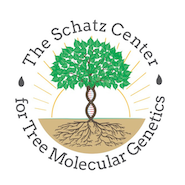
The Schatz Center for Tree Molecular Genetics is working to find solutions to the invasive emerald ash borer (EAB). Ash tree samples from our volunteers will be aid work to preserve, conserve, and restore iconic ash tree species. Samples from this project will provide much needed information on evolutionary and ecological factors influencing ash species’ genetic variation range wide, and enhance understanding of EAB-ash dynamics and the genetics of resistance.
The Science
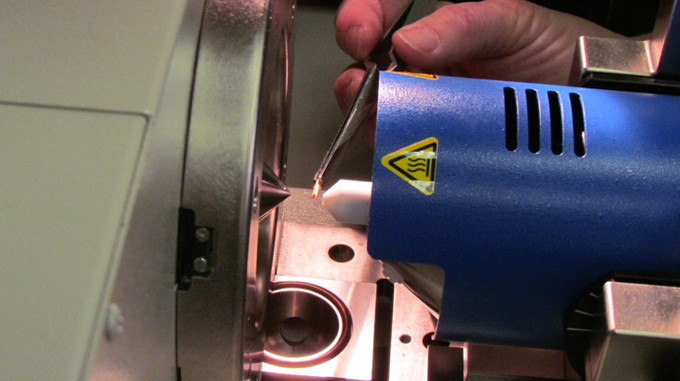
Once collected, samples undergo two forms of processing: Mass Spectrometry-Data Analysis in Real Time (MS-DART or DART) and genetic analysis.
DART reveals distinct chemical signatures in each sample. As the tree takes up water and nutrients through its roots throughout its life, it develops a distinctive chemical signature. Recognizing these signatures will allows us to identify the geographic origin of a sample.
Genetic analysis reveals the naturally occurring variation and interrelatedness of all trees within a species. Like the DART analysis, genetic analysis shows the origin of a piece of timber. This analysis also informs scientists’ understanding of how a species responds and adapts to particular conditions or challenges, such as climate change or pressure from an invasive species. This understanding allows for better management of existing and expanding forests. The resulting database will yield a “family tree” like no other.
Hear what our Forest Service partners have to say about the project!
Dr. Richard Cronn, a geneticist with the US Forest Service, shares with volunteers how they help build some of the most extensive and useful genetic datasets for the tree species in this project.
Keep up with Project Progress
Here’s where volunteers have collected data for the project over the years.
Timber Tracking Project on PBS
Learn More Through Our Project Reports
Tulip Poplar
Green and White Ash
Eastern White Oak
Eastern Black Walnut
Redwood, Western Redcedar, Alaska Yellow-Cedar
Bigleaf Maple

